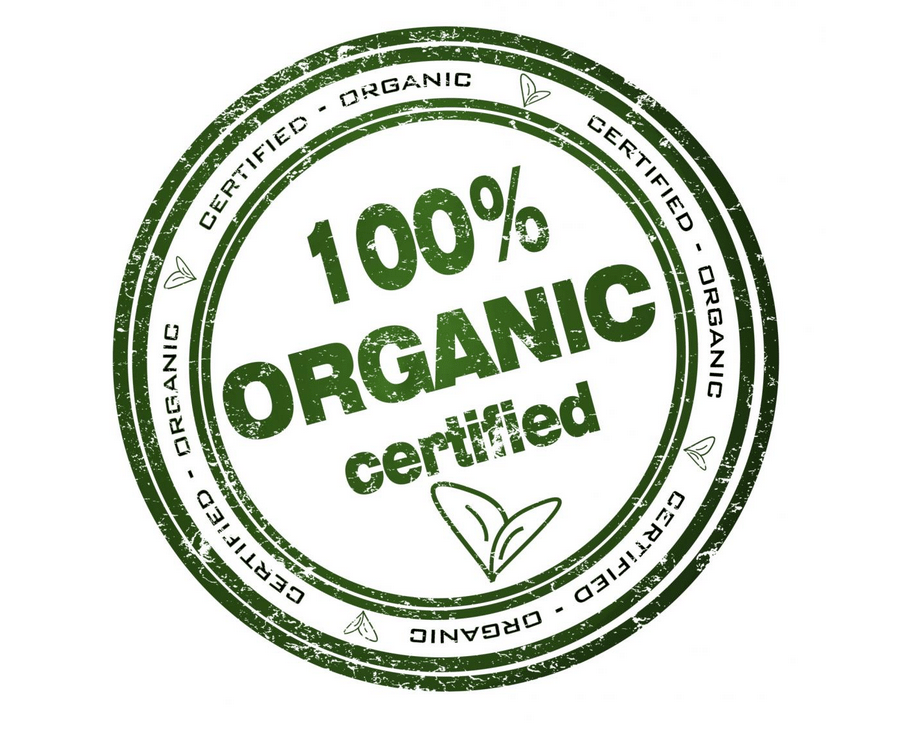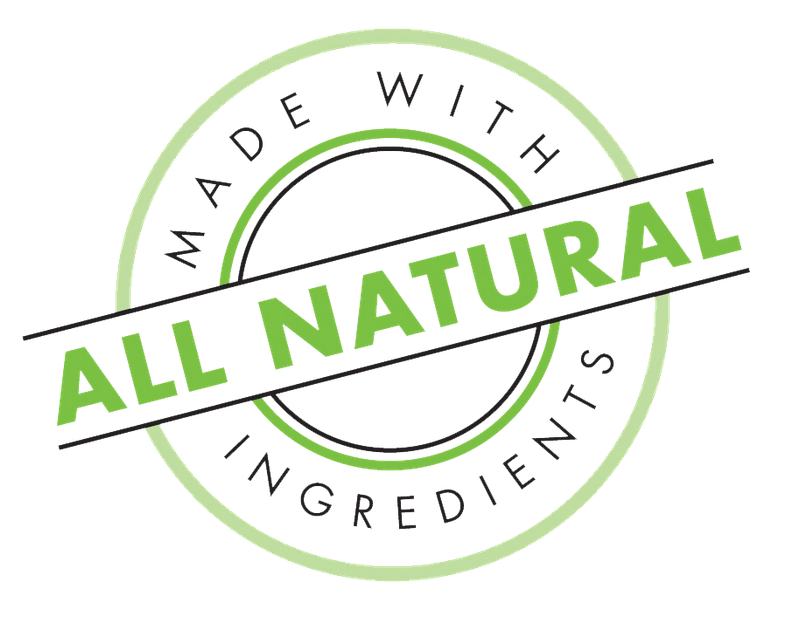The Blog
The Halo Effect
If you’re a well-informed, health-conscious person who has put on some unwanted pounds in the past year despite trying to eat healthy, there’s a good possibility that the Halo Effect was at work! As humans, we conceptualize our world using mental shortcuts in an effort to make quicker, more efficient decisions. One area in which we rely on mental shortcuts is food consumption. You might, for example, choose an apple as a snack and not worry about counting its calories because it’s considered “healthy”. These mental shortcuts are closely tied to what is called a health halo effect.
Simply put, the Health Halo Effect leads people- even those experienced with nutrition numbers and claims, to overestimate the overall healthfulness of a food based on one narrow attribute. Say, for example, people are asked to taste and consume two identical foods, but they’re told that one is organic and one isn’t. A Health Halo would cause you to eat more food than you intended, such as eating two organic cookies when you would normally only eat one non-organic cookie. You’ll probably even think the “organic” one tastes better because you assume that organic food is of better quality. The Health Halo causes people to eat far more low-fat foods than they do traditional versions. It’s the same logic when you order a salad because you think it’s a healthy menu choice, no matter what’s on it. The word “salad” creates a Health Halo Effect, even if the salad is loaded with bacon, cheese, eggs and a high-calorie, high-fat dressing. There’s lettuce under all that, so it must be healthy, right?
Health Halos are also influenced by our judgments about companies thanks to their extensive marketing efforts. For example, people eating at a fast food restaurant perceived as “healthy” (such as Subway), were more likely to underestimate their calorie intake by an average of 151 calories than those eating at a fast–food restaurant perceived as “unhealthy” (such as McDonald’s). People who ate at McDonald’s knew their sins! So, how do you not fall prey to the hype? The following tips should help:
Trans fats
Trans fat-free foods generally contain the same amount, or more, total fat and saturated fat as foods that do not have trans fat.
Sugar
A food that contains no high-fructose corn syrup usually contains at least as much total sugar as other similar products.
Healthful choices
Do not assume that every salad, wrap, or soup is a healthful choice. Some of these items sometimes are excessively high in calories, fat, and sodium depending on where they come from.
All natural
“All natural” means absolutely nothing. All-natural maple syrup and honey contain as many calories and as much sugar as table sugar.
Salt
Sea salt contains as much sodium, ounce for ounce, as table salt.
Granola
For years, granola was thought of as a health food, but many granolas actually are high in fat and sugar.
Yogurt
Many yogurts are too high in sugar to make the calcium and probiotics worth it.
So how do you not fall into the health-halo trap? Don’t let your guard down when you see items labeled with healthy-sounding terms. Spend less time obsessing about “good” versus “bad” food. The Halo Effect reinforces the wisdom of the “real foods” approach to eating—for having a reasonable portion of the real thing rather than reflexively opting for the sugar-free or low-fat versions.
Written by Neesha Bukht, Choose Healthier Intern


